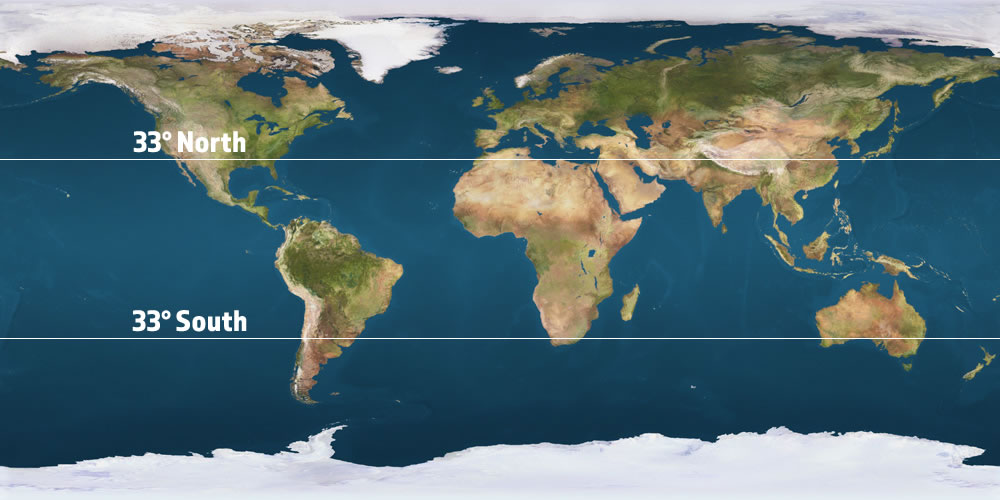Vitamin D
Vitamin D is actually not a vitamin, it's a steroid hormone mistakenly named as a vitamin. Vitamin D is a fat-soluble wonder compound responsible for increasing intestinal absorption of calcium, magnesium, phosphate and multiple other biological processes. It is present in few foods and available as a dietary supplement. Your body is get vitamin D from the sun, ultraviolet rays from sunlight strike the skin and triggers vitamin D synthesis. There are five forms of the vitamin, but D2 and D3 are most important in the human body.
Vitamin D3 is inert and must undergo two conversions in the body for activation. The first occurs in the liver and the second occurs in the kidneys. Vitamin D is important for the absorption of calcium from the stomach and for the functioning of calcium in the body.
Vitamin D deficiency symptoms include:
- Excessive sweating: Chronic sweating, particularly on your forehead, is a known indicator that your body is lacking in vitamin D.
- Weakened immune system. Autoimmune diseases arise when your immune system is confused or overly stressed and begins attacking your own tissues instead of outside pathogens. Studies have linked Vitamin D deficiency with Multiple Sclerosis, Lupus, Rheumatoid Arthritis, and Type I Diabetes.
- Muscle function. People with a vitamin D deficiency experience muscle weakness, reduced athletic performance and are at greater risk for falls.
- Cancer. Vitamin D also affects cell growth, by encouraging healthy cells to grow and discouraging the growth of cancerous cells.
- Weak bones. Without sufficient vitamin D, bones can become thin or brittle.
- Skin issues, eczema and psoriasis.
- Dementia.
The daily dose of vitamin D can be spread out over a few days. The RDA for vitamin D is 600IU/day. Some organisations say that more is required, The Endocrine Society cite 1,500-2,000 IU/day.
Sun Exposure
Your body is designed to get the vitamin D it needs by producing it when your bare skin is exposed to sunlight. Skin types are different and depending on the day of year, place and time of day, recommendations vary. Sunscreen and clothing also plays a major role. If you exposure 1/4 of your body for 10 minutes in morning or late afternoon "Summer" sun, you would produce 1000-2000IU of vitamin D (if you were darker skin you would need to double it; you also need more if you are older). Our advice:-
- You can supplement vitamin D, but it's best to get it from the sun. Supplementation in the winter is advisable.
- It's hard to get enough via food, but wild salmon is a great option.
- Try and get some sun exposure every day (morning or late for hot climates) and expose as much skin as possible.
- Aim for several short exposures when the sun is at it's strongest.
- Aim for longer exposures when the sun is weaker or it's overcast.
- Swimming outdoors is great.
- Remember to wear quality sunglasses (UV filtering) to avoid eye problems.
- Vitamin D3 lasts a long time in the body, it's fat soluble (it takes 2 weeks for levels to drop by half). So a day or two indoors isn't going to hurt, so long as you make it up.
- Face and hands exposed for a few minutes each day is not enough!
Vitamin D from foods
- Salmon: Farmed salmon has approximately 25% of the vitamin D content as wild salmon has. Wild salmon has 500-1400IU/100g.
- Cod liver oil: 1tsp 440IU. Beware blended inferior versions. Many also have excessive amounts of vitamin A in comparison to D, it has to be pure.
- Sardines: 330IU.
- Tuna: 1 tin gives 100-400IU.
- Mackerel: 80IU.
- Fortified yogurts, milk and cereals are available but such processed foods should be avoided.
- Eggs: one free range egg has around 40-100IU. Eggs from free-range hens contain more more vitamin D than typical supermarket eggs.
Supplemental vitamin D
Vitamin D3 supplement is produced as a pharmaceutical drug. It is produced by the ultraviolet exposure of a cholesterol extracted from sheep's wool after shearing! The cholesterol undergoes processing to make the same compound that is produced in the skin of the animal. The raw drug has a potency of 25,000,000 IU/gram, so it's diluted into soft gels or drops.
Latitude issues
Only about one percent of solar UVB radiation ever reaches the earth’s surface even in the summer at noon time. During the winter when living above and below approximately 33° latitude very little if any vitamin D3 can be produced in the skin from sun exposure. People who live farther North and South often cannot make any vitamin D3 in their skin for up to 6 months of the year. For example in Boston (42° North) essentially no vitamin D3 can be produced in the skin from November through February, 4 months. Inhabitants living in Edmonton Canada at 52° North, Bergen Norway at 60° North, or Ushuaia Argentina at 55° South are unable to produce any significant vitamin D3 for about 6 months of the year

Source: ncbi.nlm.nih.gov, open.bu.edu/handle, draxe.com
